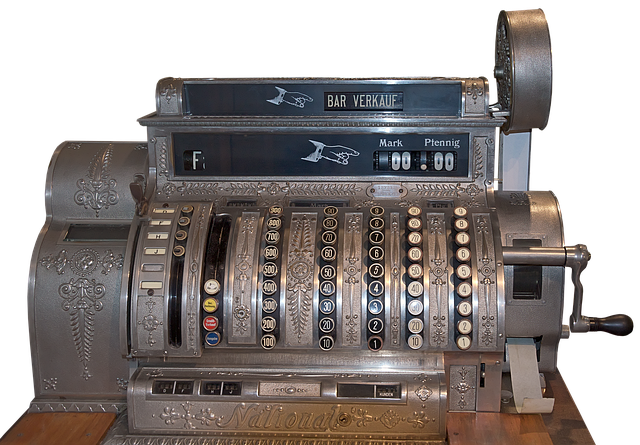The car title loan inspection process involves assessing vehicle value and condition, including mileage, history, mechanical state, maintenance records, and ownership. Lenders consider wear from high mileage, age-related maintenance needs, and existing issues to determine loan security. This evaluation protects both lenders and borrowers, ensuring fair terms and quick funding in Fort Worth with flexible payments.
When applying for a car title loan, understanding the inspection process is crucial. This is especially true for high-mileage vehicles, where factors like wear and tear can significantly impact loan eligibility. Our comprehensive guide delves into the intricate details of the car title loan inspection process, focusing on criteria unique to high-mileage cars. By understanding key assessment factors and efficient evaluation steps, borrowers can navigate this complex landscape with confidence, ensuring a smoother path to securing needed funds.
- Understanding Car Title Loan Inspection Criteria
- Assessing High-Mileage Vehicles: Key Factors
- The Step-by-Step Process for Efficient Evaluation
Understanding Car Title Loan Inspection Criteria

When applying for a car title loan, understanding the inspection process is key to ensuring a smooth transaction. The car title loan inspection criteria are designed to assess the value and condition of your vehicle, which is crucial in determining the loan amount you can secure. Lenders will evaluate various factors during this process. One of the primary aspects is the overall condition of the vehicle, including its mileage. High-mileage vehicles often face a more stringent inspection due to potential increased wear and tear.
The inspection process involves a thorough examination of your car’s history, mechanical state, and documentation. Lenders will consider factors like previous accidents, routine maintenance records, and any outstanding repairs needed. Additionally, they’ll verify your vehicle’s ownership and ensure that it remains free from any liens or encumbrances. This step is essential to protect both the lender and the borrower, providing financial assistance while ensuring the security of the loan.
Assessing High-Mileage Vehicles: Key Factors

When assessing a vehicle for a car title loan, especially with high-mileage models, several critical factors come into play. Beyond the traditional evaluation of the car’s make, model, and overall condition, lenders need to consider the wear and tear that comes with higher mileage. Key aspects to look at include the state of the engine, transmission, and other essential components, as these directly impact the vehicle’s value and longevity. A thorough inspection ensures a fair assessment, especially for Fort Worth loans, where flexible payments are often an option.
The age of the vehicle plays a significant role too. As cars age, they may require more frequent maintenance and repairs, which can affect both the cost and availability of spare parts. Lenders should assess whether the high mileage is due to necessity (regular use) or neglect, as this influences the perceived value and risk associated with the loan. Understanding these factors is crucial in determining appropriate loan amounts and terms for borrowers seeking emergency funds through car title loans.
The Step-by-Step Process for Efficient Evaluation

The car title loan inspection process is a meticulous evaluation designed to ensure both fairness and security for lenders and borrowers alike. It begins with a comprehensive review of the vehicle’s history, including its mileage, maintenance records, and any previous accidents or damage. This initial step provides a baseline understanding of the car’s overall condition.
Subsequently, the inspection involves a detailed physical examination of the vehicle. This includes checking the engine, transmission, tires, brakes, electrical systems, and other critical components for signs of wear and tear. The inspector also assesses the exterior and interior for any cosmetic issues or necessary repairs. Once this thorough assessment is complete, the inspection report is generated, outlining the vehicle’s current state and its impact on loan eligibility. This process facilitates quick funding and approval decisions, as lenders can accurately determine the loan requirements based on the vehicle’s condition.
When evaluating high-mileage vehicles for a car title loan, a thorough understanding of the inspection criteria and a systematic approach are essential. By focusing on key factors like vehicle condition, maintenance history, and market value, lenders can accurately assess risk and offer competitive terms. The streamlined, step-by-step process ensures a efficient evaluation, benefiting both lenders and borrowers in this specialized financing segment.






